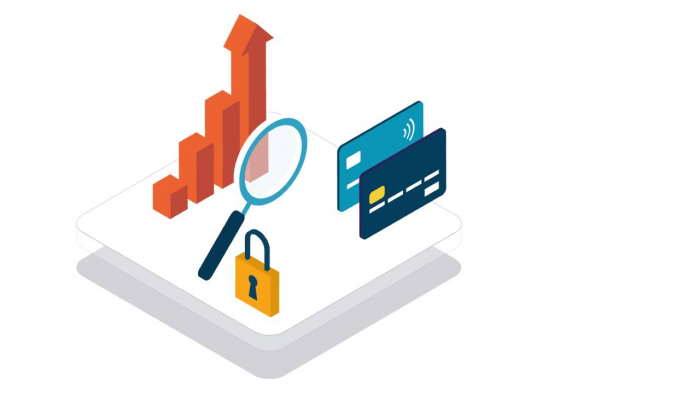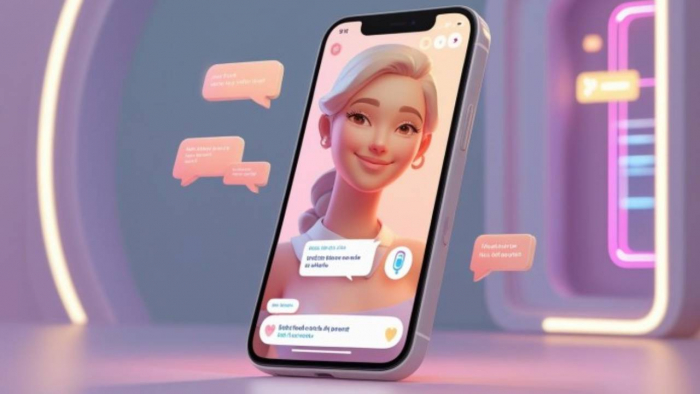Websites and messages are often identical when you view them, no matter who the person visiting is. When everything is the same, it can lead to people disengaging with messages, and offers, or simply bouncing from a site without action. Content that doesn't fit within someone's needs or criteria feels irrelevant and therefore, it decreases the chances businesses have to maintain attention and create results and value from visits.
A better approach is to display different content to different people based on their interests, geographical location, or previous actions taken. Active content is an aspect of dynamic content personalization that allows for more tailored and relevant experiences like showing products people have recently viewed or messages that relate to their situation. Each time an experience is more tailored, visitors will likely stay longer, consume other content, and take the next action which increases conversions.
What Is Dynamic Content Personalization?
Dynamic content personalization means showing different content versions to users based on certain details that give some context about them, such as:
- Their location
- The device they are using
- Their browsing history
- Past purchases
- Time of day
- Whether they are a returning or a new visitor
For example, a returning visitor to an online store may see a banner about discounts on products they viewed last time. A first-time visitor might see a welcome message or a beginner’s guide.
The goal is simple: present the best offer or message to the right person at the right time using personalized content recommendations.
Why Does It Matter for Conversions?
Conversions rarely happen just because someone landed on a website. People decide to take action when they feel that the content speaks to them. Generic messages do not connect, while personalized experiences show the person they are being understood.
In short, dynamic content personalization helps improve conversions:
- Makes Visitors Feel Valued
When visitors see something relevant to their interests or needs, they are more likely to spend time on your site because they feel the brand cares. It can lead to action and trust.
- Reduces Bounce Rates
If visitors cannot find what they need quickly, they leave. Dynamic content recommendation shows them the most relevant information right when they arrive, which reduces the chances they will bounce.
- Increases Relevance of Offers
Dynamic product recommendations and messages like "You might also like" or "Popular in your area" help people find products or services they are already thinking about. This often leads to more conversions.
- Improves Engagement
Dynamic emails and landing pages that use someone’s name, show products they viewed, or mention past interactions are more engaging. More engagement usually means more clicks and more actions.

Real-Life Examples of Dynamic Content in Action
Here are some simple examples of how businesses use dynamic content recommendations to increase conversions:
- Retail websites show personalized suggestions based on browsing or purchase history
- Travel sites change pricing or suggestions based on the visitor’s location and recent searches
- E-commerce emails include dynamic product images and pricing updates based on stock or interest
- Subscription platforms display different homepages for new visitors and long-time users
These small changes add up and make a big difference in how people interact with content.
Best Practices for Using Dynamic Content to Boost Conversions
To get the most out of dynamic content personalization, keep these tips in mind:
- Start Small and Test
You do not need to personalize everything at once. Begin with one or two areas, like headlines or product suggestions. Measure how changes affect engagement and conversions before expanding.
- Use Clear Segments
Group visitors by traits or behavior that matter, like “new visitors,” “cart abandoners,” or “frequent buyers.” This helps you show the right message to the right group.
- Keep It Simple
Too much personalization can confuse people. Keep your messages crisp, clear, and relevant.
- Personalize Key Conversion Points
Focus on areas that drive action, like call-to-action buttons, product pages, and checkout pages. Even small changes here can lead to better results.
- Track and refine
It is important to track what works and what does not. This helps you improve your content personalization over time. A well-written message can make a big difference.
How Dynamic Personalization Works Across Channels?
One of the best parts about dynamic content is that it works across many marketing channels, not just websites.
Emails: Change subject lines, product images, or promotions based on user behavior
Mobile apps: Offer deals based on location or show custom dashboards
Landing pages: Show different headlines or messages depending on where the user came from
In-store screens: Display offers based on time or inventory
Dynamic content recommendations across all touchpoints help create a smooth and relevant experience no matter how someone interacts with your brand.
Final Thoughts
As more people expect faster, smoother, and helpful online experiences, the one-size-fits-all approach is no longer a viable option. It is becoming increasingly important to personalize content based on what people want, or need; no longer is the objective simply to capture more sets of eyeballs; it's to make each and every visitor feel that their visit and the message they received was meant for them. In the future, businesses that implement dynamic content in a smart and simple manner will engage their audience more effectively and create trust and extra growth. It may be a small change, but a bigger change in results.
Post Comment
Be the first to post comment!





